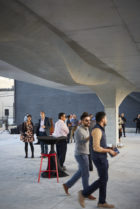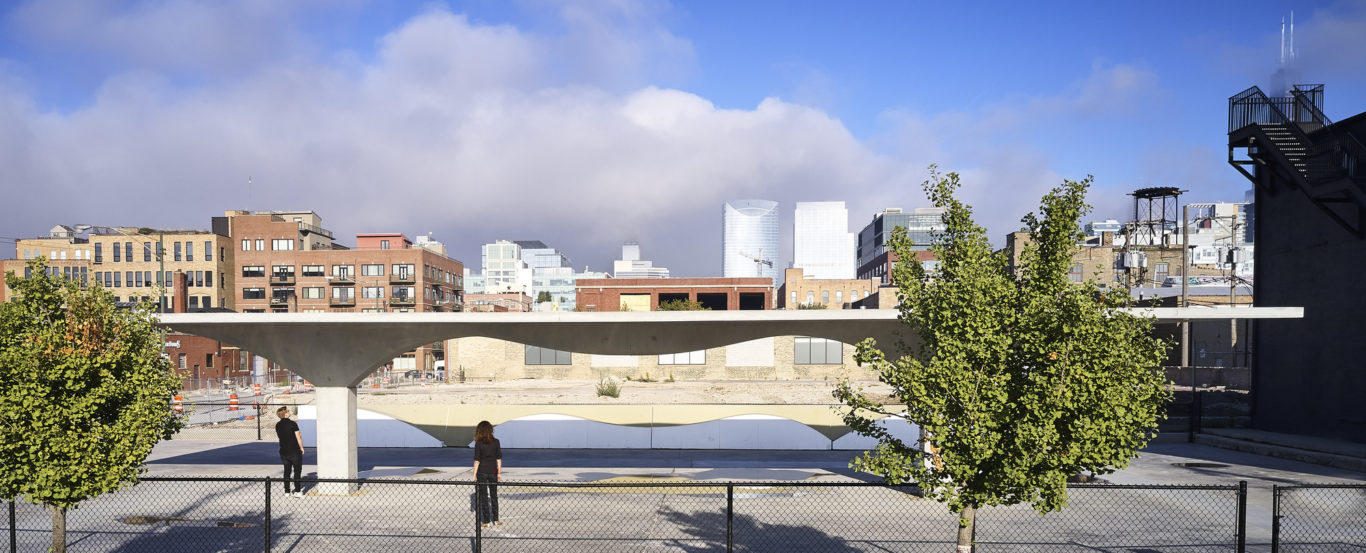"Campus of the Digital Age": Cornell Tech Officially Debuts on Roosevelt Island in New York
Moon Village
01/



Concrete is the biggest contributor to the carbon footprint of buildings worldwide. SOM developed a prototype for an efficient construction method that dramatically reduces concrete quantities — and it has the potential to transform the building industry if applied at scale.
Stereoform Slab is a prototype for a future building system designed using advanced robotic fabrication techniques. As an alternative to the ubiquitous concrete slab, it demonstrates an innovative method to dramatically reduce the carbon impact of construction. SOM debuted the concept with a full-scale prototype at the 2019 Chicago Architecture Biennial.
Research shows that 40 to 60 percent of a building’s carbon footprint results from the development of the concrete slab itself. With this sustainable fabrication technique of concrete formwork using advanced robotics, the design team used 20 percent less concrete than a conventional system, resulting in a 20 percent overall carbon reduction.
Stereoform Slab extends the conventional concrete span (column spacing) from 30 to 38 feet. When deployed as a structural system throughout a building, this increased span enables more flexibility in the planning and use of its spaces. This has the potential to extend a building’s lifecycle, as longer bays can more easily be adapted to changing demands.
By developing a concrete forming system that affords this added flexibility without increasing construction costs, it becomes possible to achieve significant embodied carbon reductions in buildings that aren’t typically the subject of advanced architectural design—conventional buildings that compose a majority of our built environment, and its respective contributions to global carbon emissions.

Achieving an optimal balance between concrete and reinforcing steel was one of the primary considerations during the design process. In Chicago, most of the reinforcing steel available is recycled, and therefore the lifecycle carbon cost is much lower than concrete, by strength-to-weight ratio. This led to a design that increased reinforcing steel in order to decrease concrete quantities, and in turn the shape of the beam took on a more arching form, beyond what it typically might if the team had ignored lifecycle carbon analysis and weighted the two materials equally. This is an example of how context and location can affect our optimization models, and result in designs that are hyper-responsive to local material limitations.
Finding more efficient concrete forms and systems requires a complex synthesis of design, optimization, and fabrication, across all disciplines and trades. Rigorous, end-to-end integration is essential to improving the performance of concrete structural systems, and it can also help us map out better relationships between design and production. Achieving our goals for carbon reduction in the built environment will require exactly this type of collaboration.
Stereoform Slab was designed and constructed in partnership with Odico Construction Robotics, Sterling Bay, McHugh Construction, and Autodesk.

When applied to the entirety of the built environment, this technology can pave the way to a more expressive, sustainable, and innovative future of architecture.


01/